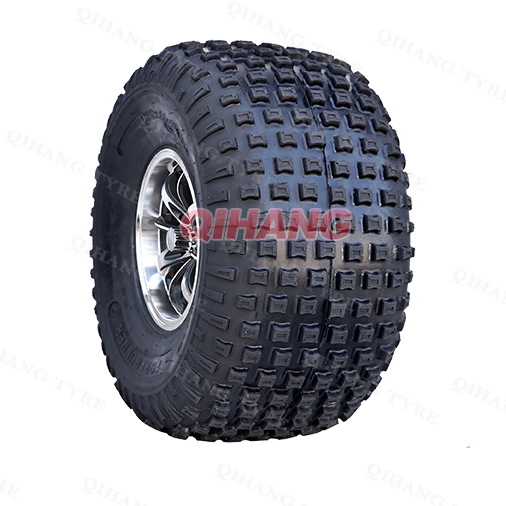The selection of agricultural tires requires attention to several details to ensure that tires can adapt to different operating environments, load carrying capacity and durability. Here are some key selection elements:
First, tire performance requirements
Wear resistance: Agricultural tires need to have good wear resistance to cope with complex operating environments and road conditions, and extend the service life of tires.
Skid resistance: Good skid resistance can improve the stability of agricultural machinery on wet or muddy ground and reduce the risk of slipping.
Carrying capacity: Agricultural tires need to have sufficient carrying capacity to cope with the needs of heavy duty operations and ensure the stable operation of agricultural machinery.
Second, tire size selection
Tire diameter: According to the model of agricultural machinery and operational needs, choose the appropriate tire diameter. Larger tire diameter can improve ground clearance, adapt to different terrain; The smaller tire diameter is more suitable for flat ground operation.
Tire width: Tire width is closely related to the carrying capacity and stability of agricultural machinery. Wider tires can provide greater contact area and improve stability; The narrower tires are lighter and suitable for use in light loads or at high speeds.
Third, tire type and structure
Tire type: There are various types of agricultural tires, including bias tires, radial tires, etc. Different tire types have different performance characteristics, and the appropriate tire type should be selected according to the operation needs and environmental conditions. For example, radial tires have better wear resistance and load carrying capacity, which is suitable for heavy duty and long distance operations; Bias tires are lighter and suitable for light loads and short distances.
Tire structure: pay attention to the tire cord layer number, tread thickness and other structural characteristics. The more the number of cord layers, the stronger the tire strength and bearing capacity; The greater the tread thickness, the longer the wear resistance and service life of the tire.
Fourth, tire material consideration
Rubber material: High quality rubber material has good elasticity and wear resistance, which can improve the service life and performance of tires. When choosing a tire, you should pay attention to the texture, density and elasticity of the rubber.
Steel cord: The steel cord inside the tire can enhance the strength and stability of the tire and improve the load carrying capacity. When purchasing tires, we should pay attention to the material, structure and quantity of steel cord.
V. Other precautions
Understand the operating environment: When purchasing agricultural tires, it is necessary to fully understand the characteristics of the operating environment, such as terrain, climate and operating requirements, in order to choose the appropriate tire type and specifications.
Consider economy: When purchasing agricultural tires, in addition to considering performance and quality, you should also pay attention to price factors. Under the premise of ensuring performance and quality, choose cost-effective tire products.
Choose regular manufacturers: When purchasing, you should choose qualified products produced by regular manufacturers, pay attention to check the manufacturing process of tires, material quality and other aspects. Avoid retreading and repairing tires to ensure tire safety and reliability.
Installation and maintenance: When installing the tire, ensure that the tire and the rim are tightly fitted to avoid air leakage or falling off. At the same time, pay attention to the installation direction of the tire to ensure that the tire pattern direction is correct to improve grip and drainage performance. During use, the wear and pressure of the tire should be checked regularly, and maintenance and replacement should be carried out in time.


